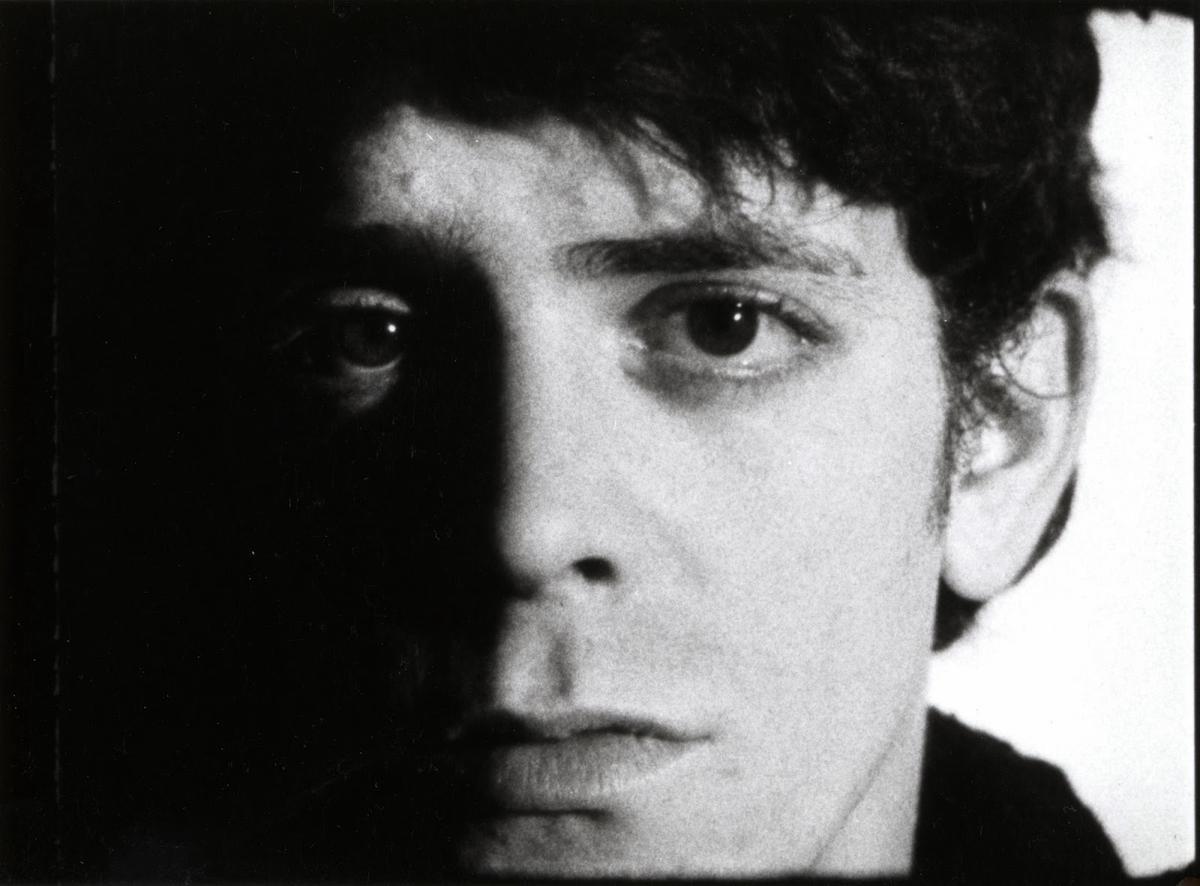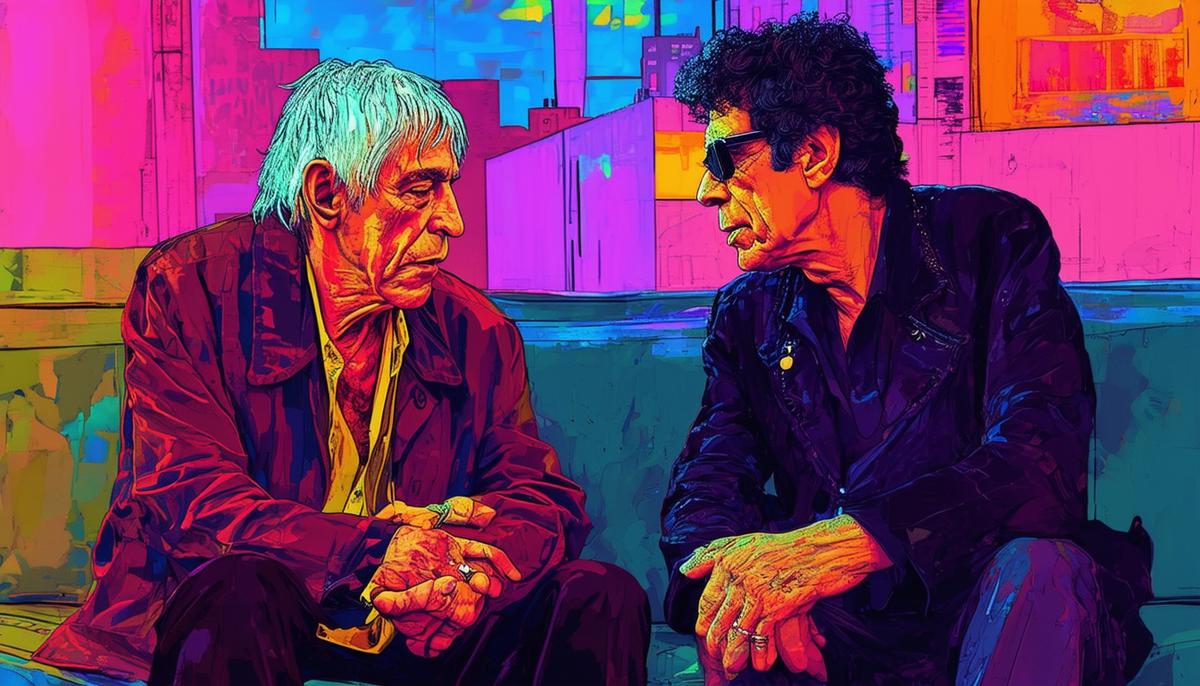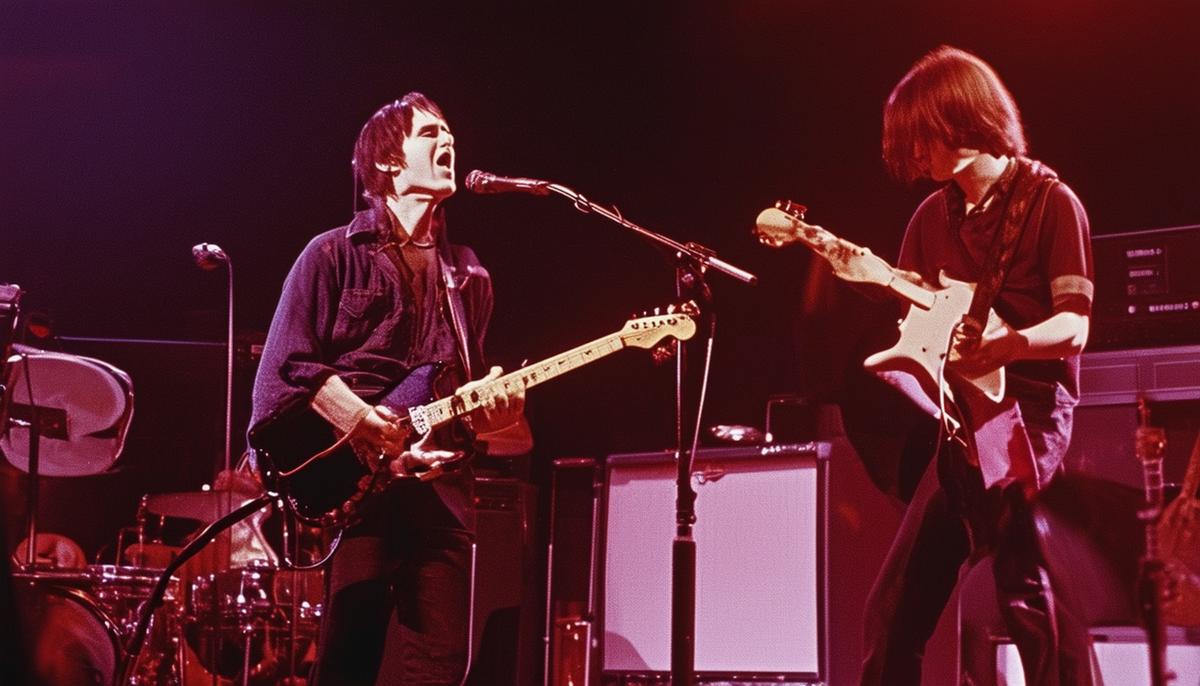Lou Reed's Early Career
Before Lou Reed became the street poet of rock, he was a student at Syracuse University, spinning records at the student radio station and dabbling in ROTC. Reed graduated in June 1964 with a B.A. in English, already laying the groundwork for his musical journey.
After a brief stint at his parents' home on Long Island and a setback from hepatitis, Reed found himself at Pickwick Records. There, he honed his craft churning out garage rock and teen anthems under Terry Philips' guidance.
At Pickwick, Reed co-wrote and sang "The Ostrich," a tune that would lead him to John Cale. When the label needed a band for a TV performance, Reed teamed up with Cale, Walter De Maria, and Tony Conrad. This eclectic group sparked something special.
Cale, impressed by Reed's gritty lyrics about New York City's underbelly, found common ground with him in sonic exploration. Their chemistry laid the foundation for The Velvet Underground, named after a provocative paperback Tony Conrad discovered.
With Cale, guitarist Sterling Morrison, and drummer Maureen Tucker, Reed was ready to rewrite rock 'n' roll's rulebook.

Meeting John Cale
In the bohemian landscape of 1964 New York City, Lou Reed and John Cale's paths crossed in a cosmic alignment of revolutionary minds. Their introduction came through Pickwick Records, where Reed was crafting records and Cale was exploring new sonic territories.
At a small gathering, Reed's radical folk-like tunes, including early versions of "Heroin" and "I'm Waiting for the Man," caught Cale's discerning ear. Cale, with his avant-garde background, was captivated by Reed's poetic prowess and unfiltered themes.
"[Reed] was writing about things other people weren't. These lyrics were literate, well-expressed, tough, novelistic impressions of life. I recognised a tremendous literary quality in his songs, which fascinated me." – John Cale
Their friendship blossomed into a creative cyclone that would birth The Velvet Underground. Under Cale's influence, Reed's folk ditties transformed into primal, dark tales backed by visceral soundscapes. Together, they explored the fringes of art and reality, drawing inspiration from New York's subcultures and gritty city life.
This was more than a band formation; it was a revolutionary alliance poised to shake up the music world.

Formation of the Band
The Velvet Underground took shape with the addition of Sterling Morrison and Maureen Tucker. Sterling, another Syracuse alum, brought sharp guitar tones that meshed perfectly with Reed's rhythm and Cale's experimental sounds. Maureen "Moe" Tucker's minimalist drumming added raw energy and primal beats to the mix.
Enter Andy Warhol, the art world's maverick. Under his guidance, The Velvet Underground rocketed from Manhattan's underground to the forefront of the avant-garde art scene. Warhol's multi-sensory "Exploding Plastic Inevitable" shows became the perfect backdrop for the band's boundary-pushing performances.
Warhol introduced Nico, an enigmatic German chanteuse, adding an ethereal layer to the band's raw aesthetic. Her chilling, monotone voice reinforced their commitment to the unconventional.
The Velvet Underground wasn't just a band; they became a movement. This unlikely combo of:
- Reed's street poetry
- Cale's avant-garde sensibilities
- Sterling's searing licks
- Moe's primal beats
- Nico's haunting allure
- Warhol's visionary theatrics
redefined rock 'n' roll, leaving an indelible mark on music history.
The Role of Andy Warhol
Andy Warhol's involvement with The Velvet Underground was a game-changer. As an abstract artist, Warhol saw the band as a living art project with the potential to shake up music, visual arts, and 60s culture.
Under Warhol's sponsorship, the band was free to push boundaries without commercial pressures. He placed them at the center of his Exploding Plastic Inevitable, a multimedia extravaganza that mirrored the decade's zeitgeist. These events were sensory experiences, blending lights, film, and music in unprecedented ways.
Warhol's most daring move was adding Nico to the lineup. Her ethereal presence complemented Lou Reed's gritty urban tales, adding complexity to the band's sound.
While Warhol's aesthetic influence was clear, his management style was hands-off. He gave the band creative freedom, acting more as a catalyst than a controller. This autonomy allowed Reed and Cale to explore dark themes and experimental sounds that reflected the grittier side of New York City.
With Warhol's backing, The Velvet Underground transcended music to become an artistic revolution. They remapped the possibilities of expression, providing a blueprint for future generations of musicians and cementing their place in music history.

Musical and Lyrical Innovation
The Velvet Underground's sound was a seismic shift in rock music. Their raw, electric chaos stood in stark contrast to the flower power anthems of the West Coast. John Cale's classical background infused their music with avant-garde elements, creating hypnotic soundscapes that meshed perfectly with the band's anarchic rhythms.
Lou Reed's lyrics were novelistic glimpses into a world of grit and twilight. He crafted city tales with noir-like flair, bringing characters to life with a voice both detached and deeply emotive. Songs like "Heroin" and "I'm Waiting for the Man" explored themes of addiction and urban life with stark honesty.
The band's sonic palette was diverse and groundbreaking:
- Sterling Morrison and Lou Reed's guitar interplay created a unique mesh of jangly confrontation and melody
- Moe Tucker's primal drumming added a visceral, intentional beat to the mix
- John Cale's droning viola provided an eerie backdrop
"Venus in Furs" exemplified their boundary-pushing approach, exploring taboo subjects like sadomasochism over Cale's droning viola and Reed's spoken-word delivery. The result was a sensory experience that unfolded layers of the human psyche with unsettling clarity.
The Velvet Underground didn't just make music; they constructed raw storytelling wrapped in transcendent soundscapes. They captured life's shocking moments with a beauty that contrasted their gritty backdrop. In doing so, they carved out a niche that defined the counter-culture and inspired generations of artists to come.

The Velvet Underground didn't just make music; they crafted a daring tale that reshaped rock and roll. Their fearless approach to storytelling and sound continues to inspire, leaving an indelible mark on the landscape of music.
- DeCurtis A. Lou Reed: A Life. Little, Brown; 2017.
- Unterberger R. White Light/White Heat: The Velvet Underground Day-By-Day. Jawbone Press; 2009.
